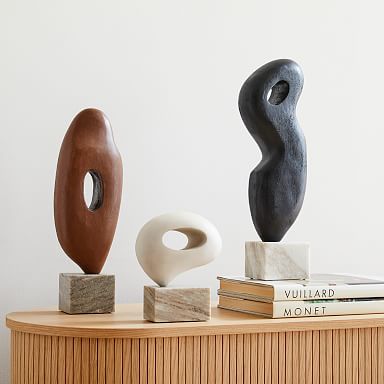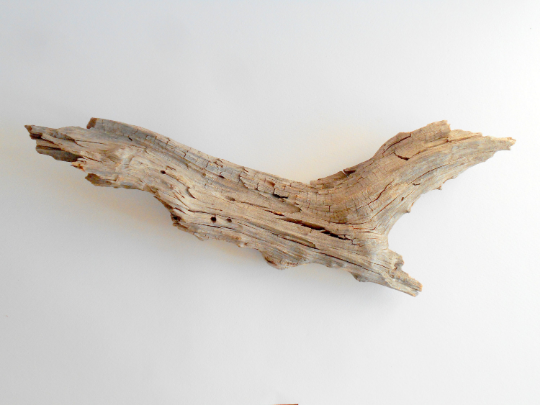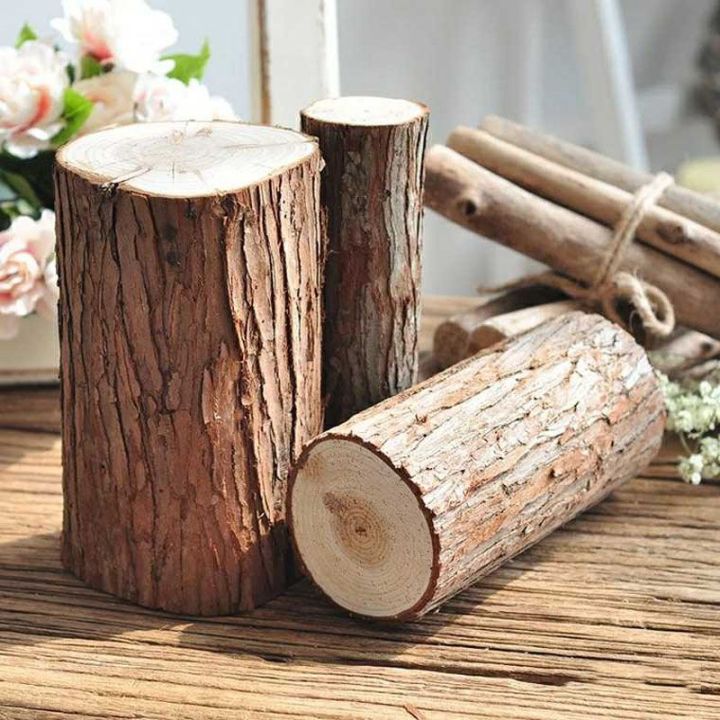When it comes to home decor, few materials offer the warmth, versatility, and aesthetic appeal that wood does. As a lover of unique home accents, I’ve found that decorative wood pieces can truly transform a space, adding character and charm to any room. From rustic accents to modern designs, the options are endless. In this article, we’ll explore the various types of decorative wood pieces, their benefits, and creative ways to incorporate them into your decor.
The Allure of Decorative Wood Pieces
Wood has a natural beauty that is unmatched by other materials. Its grain patterns, colors, and textures can bring a sense of nature indoors, making a space feel more inviting. Decorative wood pieces are more than just ornaments; they are expressions of creativity and craftsmanship, often telling a story of their origin and the artisans who made them.
Benefits of Using Decorative Wood Pieces
- Versatility: Wood can easily fit into various decor styles, from rustic farmhouse to modern minimalist.
- Durability: High-quality wood pieces are long-lasting and can withstand the test of time.
- Eco-Friendly: Many wooden decorative items are made from reclaimed wood, making them environmentally friendly options.
- Unique Character: Each piece of wood has its own grain and markings, ensuring that no two pieces are alike.

Types of Decorative Wood Pieces
Now that we’ve established the appeal of decorative wood pieces, let’s dive into the various types available on the market.

1. Wooden Wall Art
Wooden wall art can serve as a stunning focal point in a room. From intricate carvings to simple geometric shapes, these pieces add depth and texture to your walls.

Popular Styles
- Rustic Wood Panels: Reclaimed wood panels with natural finishes.
- Geometric Art: Modern designs featuring clean lines and shapes.
- 3D Wall Sculptures: Layers of wood that create a dynamic visual effect.

2. Wooden Sculptures
These three-dimensional pieces can provide a unique touch to any tabletop or shelf. Sculptures can range from abstract designs to realistic figures.

Types of Wooden Sculptures
- Figurines: Often hand-carved, reflecting cultural or artistic themes.
- Abstract Forms: Creative interpretations that challenge perceptions.
- Functional Art: Sculptures that serve a dual purpose, such as bookends.

3. Decorative Bowls and Trays
Wooden bowls and trays can be both decorative and functional. They can be used for serving or simply displayed as art pieces.

Styles and Finishes
- Live Edge Bowls: Featuring the natural edge of the wood for a rustic look.
- Hand-Turned Bowls: Crafted on a lathe for a smooth finish.
- Stained or Painted Trays: Adds a pop of color to your decor.
4. Wooden Furniture Accents
Incorporating decorative wood pieces into your furniture—like a coffee table or side table—can dramatically change the feel of a room.
Incorporating Decorative Wood into Furniture
- Table Tops: Unique wood grains can serve as stunning tabletops.
- Inlays: Decorative inlays can add interest to doors and drawers.
- Handles and Knobs: Wooden knobs offer a warm touch to cabinetry.
Choosing the Right Decorative Wood Pieces for Your Space
With so many options available, selecting the right decorative wood pieces can feel overwhelming. Here are some tips to guide your decision-making:
1. Consider Your Decor Style
Your existing decor will greatly influence your choice of wood pieces. If your home features a minimalist design, opt for clean-lined, simple wooden accents. Conversely, a farmhouse style allows for more rustic, textured pieces.
2. Match The Wood Tone
Consider the tones of your existing furniture. A warm-toned oak piece might not suit a room filled with cooler-toned furniture unless there’s a unifying element.
3. Focus on Quality
Investing in high-quality decorative wood pieces ensures durability and longevity. Look for items that showcase craftsmanship and attention to detail.
4. Don’t Overcrowd
While it’s tempting to display many decorative items, too many pieces can create visual clutter. Choose a few statement pieces that complement each other rather than overcrowding your space.
How to Incorporate Decorative Wood Pieces into Your Home
Now that you have an idea of the types of decorative wood pieces available, let’s explore some creative ways to incorporate them into your home.
1. Create a Gallery Wall
Combine different types of wooden wall art to create a visually appealing gallery wall. Mix sizes and styles for an eclectic look.
2. Use as Centerpieces
Wooden bowls filled with decorative stones or dried flowers can make stunning centerpieces on dining tables or coffee tables.
3. Layer Textures
Pair wood with other materials like metal or glass for a contrast that enhances the beauty of each element. A wooden sculpture on a glass table creates an interesting juxtaposition.
4. Incorporate in Unexpected Places
Consider using decorative wood pieces in places you might not expect—like a wooden trinket dish on a bathroom counter or a small wooden sculpture on a bookshelf.
Maintenance Tips for Decorative Wood Pieces
Caring for your wooden decor will ensure it remains beautiful for years to come. Here are some essential maintenance tips:
1. Dust Regularly
Use a soft cloth to dust your wooden pieces regularly to prevent the buildup of dirt and grime.
2. Use Proper Cleaning Solutions
When cleaning, avoid harsh chemicals. Instead, use a mixture of warm water and mild soap for gentle cleaning.
3. Avoid Direct Sunlight
Position your decorative wood pieces away from direct sunlight to prevent fading and warping over time.
4. Refinish as Needed
For heavily used items, consider refinishing them every few years to maintain their beauty and functionality.
Comparative Analysis of Wood Types for Decorative Use
| Wood Type | Durability | Aesthetic Appeal | Cost |
|---|---|---|---|
| Oak | High | Rich grain, classic look | $$ |
| Walnut | High | Deep, luxurious color | $$$ |
| Pine | Moderate | Light color, rustic feel | $ |
| Teak | High | Warm tones, water-resistant | $$$ |
Pros and Cons of Using Decorative Wood Pieces
Pros
- Enhance the visual appeal of any room.
- Durable and long-lasting with proper care.
- Eco-friendly options available with reclaimed wood.
- Unique items can be conversation starters.
Cons
- Can be more expensive than other materials.
- Requires maintenance to keep looking good.
- Some woods can warp or crack if not cared for properly.
FAQs About Decorative Wood Pieces
What types of wood are best for decorative pieces?
Hardwoods such as oak, walnut, and maple are often preferred for their durability and aesthetic appeal. Softwoods like pine can also be used but may not be as durable.
How can I tell if a decorative wood piece is of good quality?
Look for craftsmanship, attention to detail, and a smooth finish. Quality wood should have a consistent grain and no visible defects.
Are decorative wood pieces suitable for outdoor use?
Some decorative wood pieces can be used outdoors, but they should be treated with weather-resistant finishes to withstand the elements.
How can I incorporate decorative wood pieces into a small space?
Choose smaller items that won’t overcrowd the area. Use floating shelves to display a few carefully chosen decorative pieces without taking up floor space.
Is reclaimed wood a good choice for decorative pieces?
Yes! Reclaimed wood is environmentally friendly and often comes with a unique character that new wood does not have. Just ensure it’s properly treated for use.
Conclusion
Decorative wood pieces are more than simple decor; they are an opportunity to express artistry and create a warm, inviting atmosphere in your home. With a wide variety of styles and applications, there is a perfect wood piece for every taste and space. By incorporating these unique items thoughtfully, you can enhance your home’s aesthetics and make it a reflection of your personal style. Whether you choose to invest in high-quality sculptures or opt for functional art like decorative trays, wood pieces are sure to add charm and character to your living space.